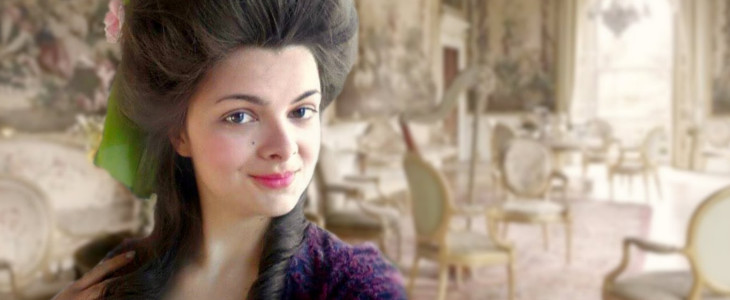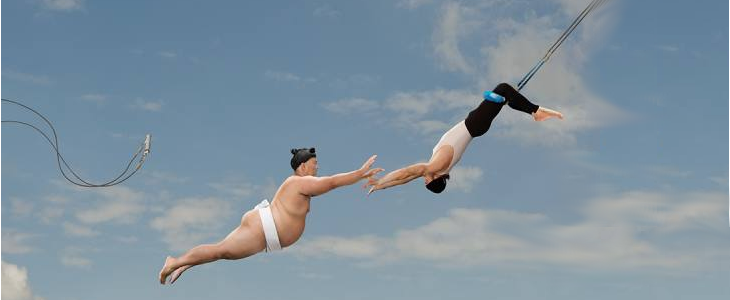The Hair Powder Tax of 1795

During the 17th and 18th centuries the wearing of wigs by men was very fashionable. Women didn’t wear wigs but instead added hair extensions to their natural hair. Whilst women mainly powdered their hair grey or blueish grey, men went for the bright white look. The wig powder was made from finely ground starch to which was added lavender, jasmine, roses and scented with orange flower, before being coloured.
The tax on hair powder is one of several taxes William Pitt the Younger introduced in Great Britain to help fund the Napoleonic wars with France. The wars were very expensive exercises costing Great Britain the equivalent of £50 billion in today’s dollar. The Duty on Hair Powder Act 1795 required that everyone wishing to use hair powder must visit a stamp office to enter their name and pay for an annual certificate costing one guinea (equivalent to £150 today). The list of those that had paid was lodged at the local Quarter Session court and a copy of the list affixed to the door of the parish church by the parish constable.
Like all taxes, some members of society were exempt. In the case of the hair powder tax it was the Royal Family and their servants, Clergymen, and members of the defence forces. Some wig wearing members of society were involved in tax evasion, and didn’t pay their hair powder tax liability. If convicted they were fined.
Due to changing hairstyles and fashion, the wearing of wigs declined over time. No doubt the hair powder tax hastened this trend, and by 1855 only 997 people were paying the annual hair powder tax. The Act was repealed in 1869.
"You’d be stupid not to try to cut your tax bill and those that don’t are stupid in business"
- Bono: U2




